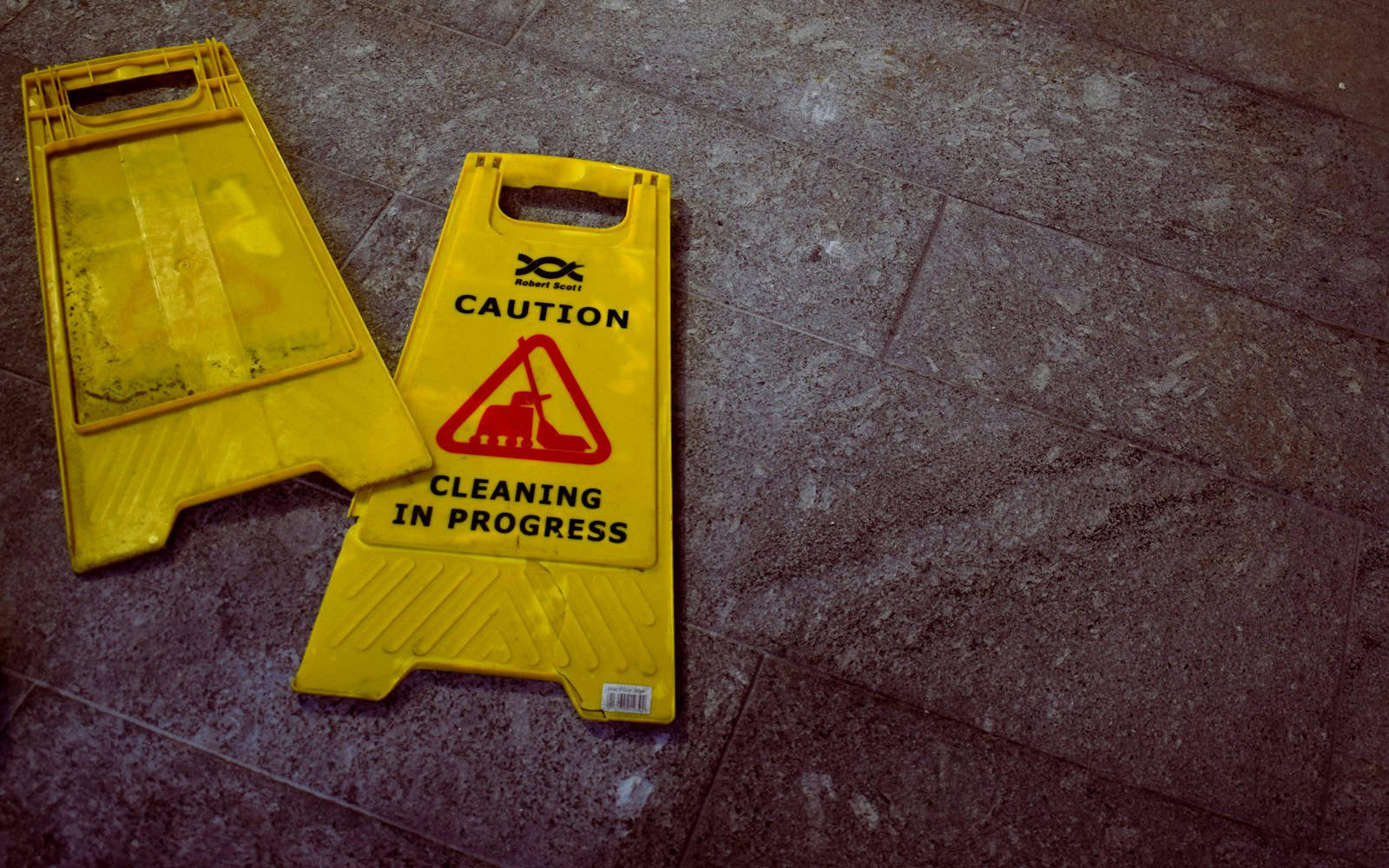With decades immersed in lean management, spanning from shop floor to executive suite, I’ve witnessed firsthand how organizations achieve astonishing outcomes with scarce resources. It’s not about lavish spending but harnessing creativity, data, and human potential. Let’s explore the nuances of lean innovation and maximize the value from your improvement efforts.
Frugal Ideation Techniques
Let’s face it: fancy ideation retreats and high-priced consultants are often just ways to burn cash without igniting real change.
This certainly might sounds a strange thing to say being a consultant but for a lot of smaller companies focusing on tapping into the wisdom of your workforce is a great starting place.
The key is to involve everyone you will be surprised of the knowledge employees have about your process that often isn’t related to there jobs. I’ve seen janitors come up with million-dollar ideas simply because they were given a voice.
Try this: Set up a digital suggestion box using free tools like Google Forms. Combine it with weekly stand-up meetings where teams rapid-fire ideas for 15 minutes. The key is creating a judgment-free zone where even the wildest ideas are welcome. Remember, it’s often the “crazy” ideas that lead to breakthroughs.
Micro-Experiments and Rapid Prototyping
One of the biggest mistakes I see in lean implementations is the “big bang” approach. Companies spend months planning a massive overhaul, only to face resistance and unforeseen challenges when they finally pull the trigger.
Instead, embrace the power of micro-experiments. When I was turning around a struggling auto parts plant, we implemented a “45-minute improvement” rule. Teams had to identify, test, and measure a small change within a single shift. It was amazing how these tiny tweaks compounded over time.
For prototyping, forget 3D printers (unless you already have one). Cardboard, duct tape, and a bit of imagination can go a long way. I once saw a team mock up an entire assembly line redesign using old boxes and action figures. It wasn’t pretty, but it got the job done and saved thousands in planning costs.
Cross-Functional Skill Sharing
In lean management, silos are the enemy of progress. But breaking them down doesn’t require expensive team-building retreats. Create a skills marketplace where employees can offer mini-workshops on their areas of expertise. I’ve seen accountants teaching lean principles to engineers, and maintenance staff schooling executives on Root Cause Analysis.
The beauty of this approach is that it not only spreads knowledge but also builds respect across departments. And let’s be honest, people are more likely to collaborate with someone who’s taught them something valuable.
Data-Driven Decision Making on a Shoestring

You don’t need a six-figure business intelligence system to make data-driven decisions. Start with the basics: Excel (or even the free open office if budgets are really tight) can be surprisingly powerful in the right hands. Combine this with free tools for visualization, and you’ve got a solid foundation.
The real challenge isn’t the tools; it’s asking the right questions. Train your team to be data detectives. What metrics really matter? How can we measure them without disrupting work? In one plant, we used a simple tally system with golf counters to track defects. Low-tech but incredibly effective.
Lean Innovation Process Optimization
Lean process optimization is about ruthlessly eliminating waste, and the best part is that it often costs nothing but time and brainpower.
Start with value stream mapping. It’s a fancy term for a simple concept: follow a product or service from start to finish and identify every step that doesn’t add value. You’d be amazed at how much waste can be uncovered with a few sheets of butcher paper and some Post-it notes.
Once you’ve identified the waste, use the 5 whys technique to dig deep into root causes. It’s a powerful tool that costs nothing but can reveal insights worth their weight in gold.
Cultivating a Culture of Continuous Improvement
This is the perfection of lean management, and it’s also the hardest to achieve. It’s not about tools or techniques; it’s about mindset. And you can’t buy mindset off the shelf.
Start by celebrating small wins. When someone finds a way to save five minutes in a process, make a big deal out of it. Create a “Wall of Fame” for improvements, no matter how small. Over time, this builds a culture where everyone is constantly looking for ways to do things better.
Leadership is crucial here. As a mentor, I always tell people I’m training “Be the change you want to see.” If you want your team to embrace continuous improvement, you need to walk the talk. Share your own improvement efforts, failures and all.
Maximizing Free and Low-Cost Learning Resources

The internet is a treasure trove of lean knowledge if you know where to look. YouTube is packed with case studies and tutorials.
But here’s a pro tip: Create a learning circle within your organization. Have team members take different courses and then teach each other. It’s a force multiplier for your learning efforts and helps reinforce the material.
Networking and Collaborative Partnerships
In my consulting days, I saw countless companies struggling with similar issues in isolation. Don’t be afraid to reach out to other organizations. Professional registration is a option to share best practices. Industry associations often facilitate these connections, and the insights gained can be invaluable.
Consider setting up a local lean coffee meetup. It’s a structured but agenda-less meeting where lean practitioners can share challenges and solutions. I’ve seen these informal gatherings spark innovations that consultants charging thousands a day couldn’t match.
Lean Innovation Measuring and Communicating ROI
Finally, none of this matters if you can’t show the impact. Develop a simple but robust system for tracking improvements and their effects. It doesn’t have to be complicated; a well-designed spreadsheet can work wonders.
Focus on metrics that matter to decision-makers. Time saved is good, money saved is better, but increased customer satisfaction is gold. And don’t just rely on numbers; collect stories. A frontline employee describing how a lean improvement made their job easier can be more powerful than any chart or graph.
lean innovation isn’t about how much you spend; it’s about how creatively you think and how effectively you execute. By embracing these principles, any organization, regardless of size or budget, can achieve remarkable improvements. Remember, the essence of lean is doing more with less. So go forth, innovate frugally, and watch your organization transform.






